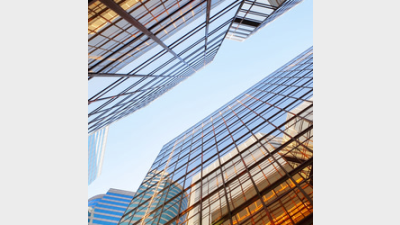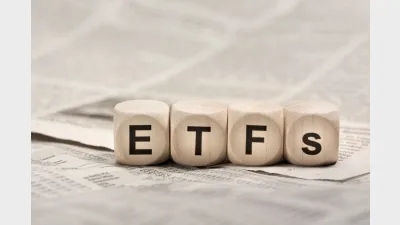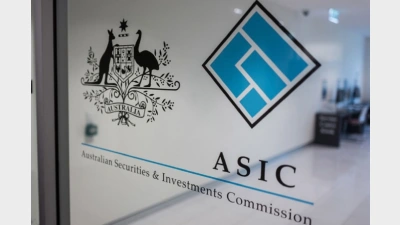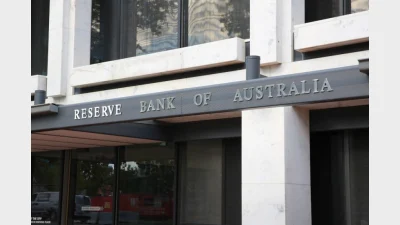Superannuation fund allocations to property set to increase: Charter Hall



Superannuation funds are set to increase their exposure to property as investment markets continue to recover, according to Charter Hall head of research Chris Freeman.
The superannuation industry hasn't been a big player in the sector since the global financial crisis, but Charter Hall expect that to pick up once markets recover, said Freeman.
He added superannuation funds grew to $180 billion a year between 2004 and 2007 and based on a 10 per cent allocation to property, they need to find about $18 billion worth of property a year.
"Pressure is starting to build again slightly. In the longer term once the super funds start to post stronger returns they're actual assets grow they're going to need to portion more to property," he said.
Richard Stacker, Charter Hall's chief executive said self-managed superannuation funds currently account for 70-80 per cent, but he expected the super industry to invest more heavily in property once the Government enforced the compulsory superannuation hike from 9 to 12 per cent.
Recommended for you
Ethical super fund Australian Ethical has announced the appointment of Anthony Lane as chief operating officer.
The structural shift towards active ETFs will reshape the asset management industry, according to McKinsey, and financial advisers will be a key group for managers to focus their distribution.
ASIC has warned that practices across the $200 billion private credit market are inconsistent and, in some cases, require serious improvement.
A surge in electricity prices has driven the monthly Consumer Price Index to its highest level in a year, exceeding forecasts.










